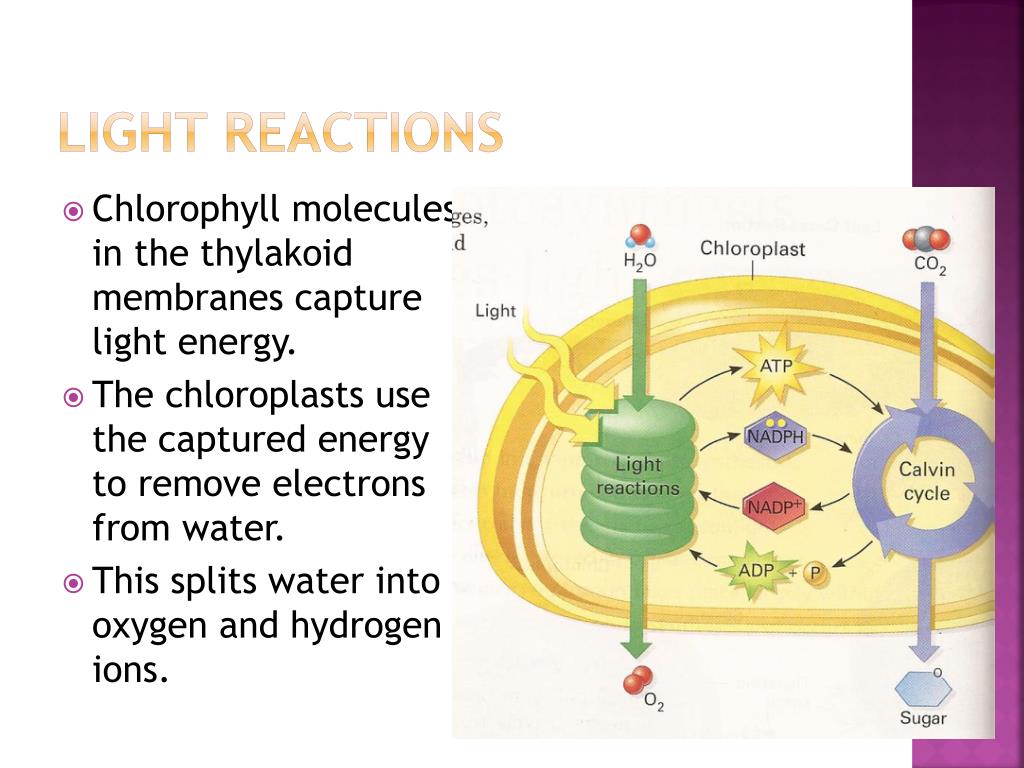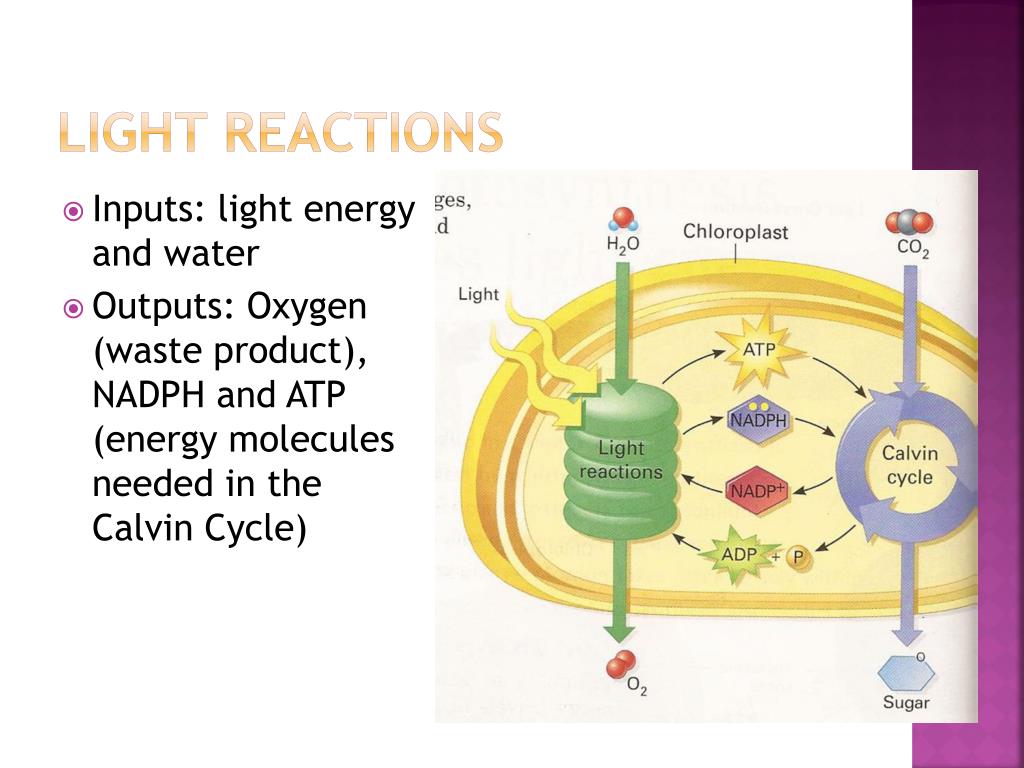Light reactions play a pivotal role in the process of photosynthesis, enabling plants to convert sunlight into chemical energy. Without these reactions, life on Earth as we know it would not exist. These essential biological processes occur within the chloroplasts of plant cells, specifically in the thylakoid membranes. Understanding how light reactions work is not only fascinating but also crucial for comprehending the broader mechanisms of energy conversion in nature.
Photosynthesis is the backbone of life on Earth, providing energy for nearly all living organisms. The light reactions are the first stage of this process, where sunlight is captured and transformed into chemical energy in the form of ATP and NADPH. These molecules are then used in the subsequent steps of photosynthesis to produce glucose, which serves as an energy source for plants and, by extension, for the entire food chain.
As we delve deeper into the intricacies of light reactions, we will explore their mechanisms, importance, and applications in modern science. By the end of this article, you will gain a comprehensive understanding of how these reactions contribute to the sustainability of life on our planet.
Read also:Molly Fry A Rising Star In The World Of Entertainment
Table of Contents
- What Are Light Reactions?
- Overview of Photosynthesis
- Role in Energy Conversion
- Light-Dependent Processes
- Location of Light Reactions
- Key Components of Light Reactions
- Importance of Light Reactions
- Applications in Science
- Common Misconceptions
- Conclusion
What Are Light Reactions?
Light reactions are the initial steps of photosynthesis that occur in the thylakoid membranes of chloroplasts. These reactions involve the absorption of light by pigments such as chlorophyll, leading to the generation of chemical energy in the form of ATP and NADPH. These energy-rich molecules are then utilized in the Calvin cycle, the second stage of photosynthesis, to produce glucose.
During light reactions, water molecules are split into oxygen, protons, and electrons, a process known as photolysis. This splitting of water is essential for providing the electrons needed to drive the electron transport chain, which ultimately generates the energy required for photosynthesis.
Overview of Photosynthesis
Photosynthesis is a biological process by which green plants, algae, and some bacteria convert light energy into chemical energy stored in glucose. It consists of two main stages: light reactions and the Calvin cycle (also known as the dark reactions). While the light reactions depend on sunlight, the Calvin cycle can occur in the absence of light, using the ATP and NADPH produced during the light reactions.
Photosynthesis is vital for life on Earth, as it is the primary source of oxygen and organic compounds that fuel ecosystems. The efficiency of this process has been studied extensively, with scientists continually seeking ways to enhance it for agricultural and environmental benefits.
Role in Energy Conversion
Energy conversion is at the heart of light reactions. When sunlight strikes the chlorophyll molecules in plant cells, electrons are excited to a higher energy state. This excitation triggers a series of events that result in the transfer of energy through the electron transport chain, ultimately leading to the synthesis of ATP and NADPH.
ATP serves as the energy currency of cells, while NADPH acts as a reducing agent in biosynthetic reactions. Together, these molecules enable plants to store energy in the form of glucose, which can later be used for growth, reproduction, and other metabolic processes.
Read also:Did George Jung Ever See His Daughter Again The Untold Story
Light-Dependent Processes
Electron Transport Chain
The electron transport chain is a series of protein complexes embedded in the thylakoid membrane. It facilitates the movement of electrons from one molecule to another, releasing energy that is harnessed to pump protons across the membrane, creating a proton gradient. This gradient drives the synthesis of ATP via ATP synthase.
The electron transport chain involves several key components, including photosystems I and II, cytochrome b6f complex, and plastiquinone. Each of these components plays a specific role in ensuring the efficient transfer of electrons and energy.
Photosystems
Photosystems are protein complexes that contain chlorophyll and other pigments. There are two main types of photosystems: Photosystem I (PSI) and Photosystem II (PSII). PSII captures light energy to split water molecules and release oxygen, while PSI captures light energy to generate NADPH.
Both photosystems work together in a coordinated manner to ensure the efficient conversion of light energy into chemical energy. This cooperation is essential for maintaining the balance of energy production in photosynthesis.
Location of Light Reactions
Light reactions occur within the thylakoid membranes of chloroplasts, which are specialized organelles found in plant cells. The thylakoid membranes are stacked into structures called grana, increasing the surface area available for light absorption. This arrangement enhances the efficiency of light reactions by maximizing the exposure of pigments to sunlight.
The chloroplasts themselves are surrounded by a double membrane and contain stroma, a fluid-filled space where the Calvin cycle takes place. This compartmentalization allows for the separation of light-dependent and light-independent processes, ensuring the smooth functioning of photosynthesis.
Key Components of Light Reactions
Chlorophyll
Chlorophyll is the primary pigment responsible for capturing light energy in plants. It absorbs light primarily in the blue and red wavelengths, reflecting green light, which gives plants their characteristic color. Chlorophyll molecules are arranged in clusters called photosynthetic units, which enhance their ability to capture and transfer light energy.
There are several types of chlorophyll, with chlorophyll a and chlorophyll b being the most common. These variations allow plants to absorb light across a broader spectrum, improving their efficiency in different environmental conditions.
Thylakoid Membranes
The thylakoid membranes are the site of light reactions within the chloroplast. These membranes are rich in proteins, pigments, and other molecules necessary for the efficient conversion of light energy. The stacking of thylakoids into grana increases the surface area available for light absorption, enhancing the overall efficiency of photosynthesis.
In addition to housing the components of the electron transport chain, thylakoid membranes also facilitate the creation of a proton gradient, which is essential for ATP synthesis.
Importance of Light Reactions
Light reactions are crucial for the survival of plants and, by extension, all life on Earth. They provide the energy required for the production of glucose, which serves as a primary energy source for both plants and animals. Furthermore, the oxygen released during light reactions is essential for the respiration of most living organisms.
Understanding light reactions can also have significant implications for agriculture and environmental science. By enhancing the efficiency of photosynthesis, scientists can potentially increase crop yields and develop sustainable solutions for addressing global food and energy challenges.
Applications in Science
The study of light reactions has led to numerous scientific breakthroughs, particularly in the fields of biotechnology and renewable energy. Researchers are exploring ways to mimic the processes of photosynthesis to develop artificial systems capable of converting sunlight into clean energy.
One promising application is the development of biofuel-producing algae, which can harness sunlight to generate energy-rich compounds. Additionally, advancements in genetic engineering have enabled scientists to enhance the photosynthetic efficiency of crops, leading to increased productivity and resilience in the face of climate change.
Common Misconceptions
Despite the widespread knowledge of photosynthesis, there are several misconceptions about light reactions that persist. One common misconception is that photosynthesis occurs only during the day, while in reality, the Calvin cycle can continue in the absence of light. Another misunderstanding is that all plants rely solely on sunlight for energy, whereas some plants, such as parasitic plants, obtain their energy from other sources.
Clarifying these misconceptions is essential for fostering a deeper understanding of the complexities of photosynthesis and its role in sustaining life on Earth.
Conclusion
Light reactions are the foundation of photosynthesis, enabling plants to harness sunlight and convert it into chemical energy. Through the intricate processes of electron transport and energy conversion, these reactions provide the energy necessary for the production of glucose and the release of oxygen. Understanding light reactions not only enhances our appreciation of the natural world but also opens up new possibilities for addressing global challenges in agriculture and energy.
We encourage you to share your thoughts and questions about light reactions in the comments below. Additionally, explore our other articles to deepen your knowledge of photosynthesis and its importance in the ecosystem. Together, let's continue to learn and grow in our understanding of the wonders of nature!


